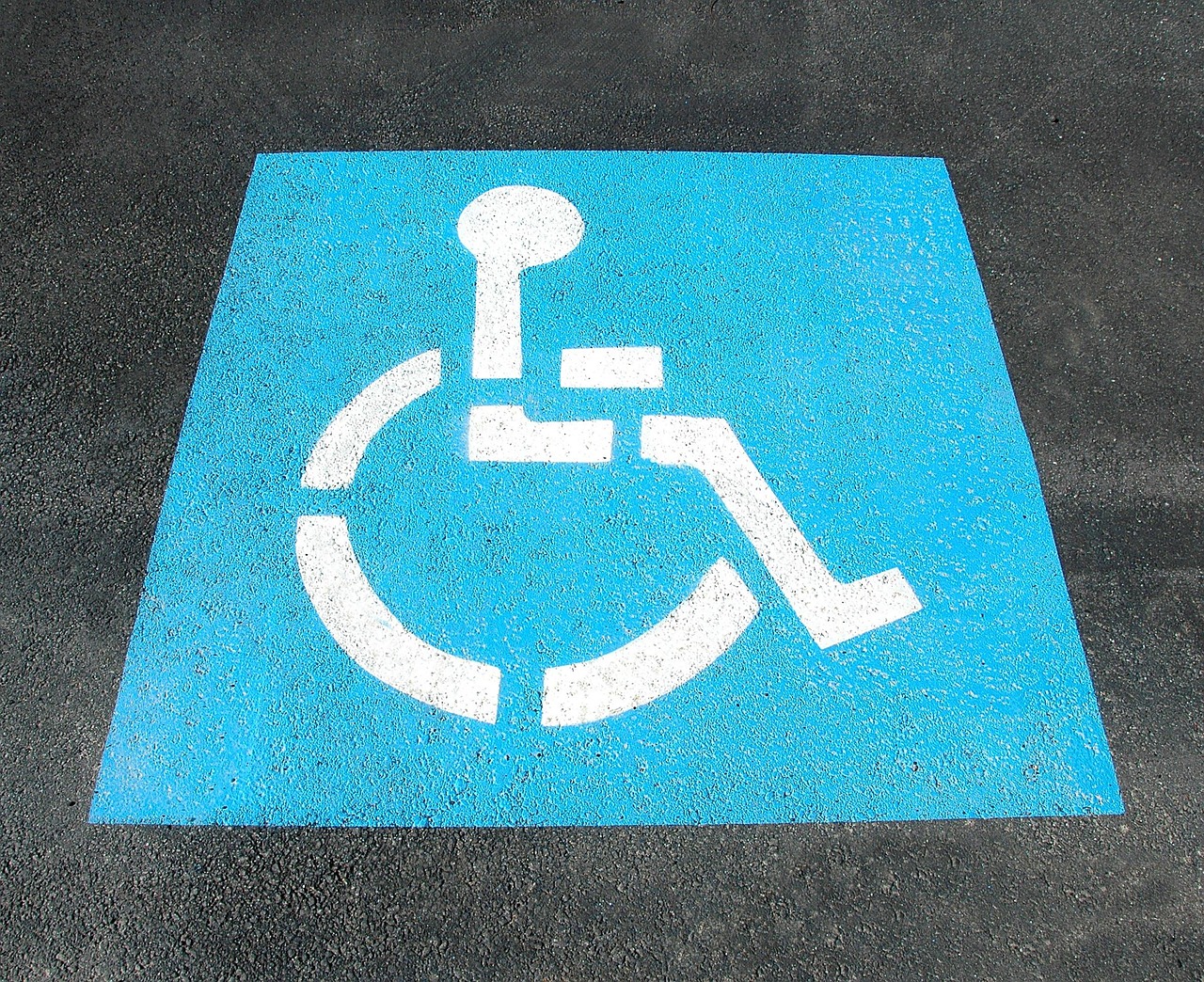Applying for Social Security Disability Insurance (SSDI) or Supplemental Security Income (SSI) can be a complex and often frustrating experience—especially when a claim is denied. Fortunately, denial isn’t the end of the road. The appeals process offers several opportunities to present your case again and get the benefits you need. Understanding how this process works is essential to improving your chances of success.
Understanding the Reasons for Denial
Before diving into the appeals process, it’s important to understand why disability claims are denied. The Social Security Administration (SSA) provides clear guidelines on eligibility, yet many claims are denied for reasons such as:
- Insufficient medical evidence
- Failure to follow prescribed therapy
- Earning too much income
- Incomplete application forms
- Inability to prove that the condition prevents gainful employment
You can learn more about eligibility and SSA procedures by visiting the Social Security Administration.
The Four Levels of Disability Appeals
The SSA offers a four-step appeals process. At each level, you can submit new evidence, correct mistakes, and strengthen your case.
1. Reconsideration
This is the first step after your initial claim is denied. A different SSA claims examiner—not involved in the original decision—reviews your case. At this point, you can submit additional documentation such as updated medical records or expert evaluations. Reconsideration is often quick and is mostly a paper review, but providing detailed evidence can significantly impact the outcome.
2. Administrative Law Judge (ALJ) Hearing
If your claim is denied again, you can request a hearing before an Administrative Law Judge. This is a more involved process, often requiring the presence of medical and vocational experts. The ALJ evaluates the evidence and listens to your testimony, offering a fresh opportunity to argue your case.
3. Appeals Council Review
If you disagree with the ALJ’s decision, the next step is to request a review by the Appeals Council. The council may approve, deny, or return the case to the ALJ for further review. However, it’s important to note that this level of appeal often results in denials unless clear procedural errors or omissions are identified.
4. Federal Court Review
As a last resort, you can file a lawsuit in federal court. This step typically requires the assistance of an experienced attorney familiar with federal disability law. The court does not re-evaluate evidence but reviews whether the SSA followed legal procedures and made decisions based on substantial evidence.
Building a Strong Appeal: Key Strategies
Collect Comprehensive Medical Evidence
Strong, updated medical documentation is crucial. This includes records from physicians, specialists, hospitals, and mental health providers. Diagnostic test results, treatment histories, and expert opinions that directly connect your condition to your inability to work carry significant weight.
Understand the Listing of Impairments
The SSA maintains a Listing of Impairments—also known as the “Blue Book”—which outlines specific criteria for various physical and mental conditions. Meeting or equaling a listed impairment can greatly increase the chances of approval.
Work with Legal Professionals
The appeals process can be overwhelming, especially when dealing with ongoing health issues. Legal professionals experienced in disability law can navigate procedural rules, gather strong evidence, and present compelling arguments on your behalf.
For detailed strategies and insights from legal professionals, this resource provides a valuable overview of maximizing SSD appeal success.
Keep Track of Deadlines
Each level of appeal has specific deadlines. Typically, you must file an appeal within 60 days of receiving a denial. Missing a deadline can result in having to start over with a new application, which delays access to needed benefits.
The Importance of Representation
Having a representative or attorney by your side can significantly improve your odds. They can help gather relevant records, write legal briefs, and represent you at hearings. Representation is especially crucial at the ALJ hearing level and beyond.
One firm with a strong reputation for handling disability appeals is Marc Whitehead Law, known for advocating aggressively on behalf of clients facing unfair disability denials.
Common Mistakes to Avoid During the Appeals Process
Assuming a Denial Means You’re Ineligible
Many first-time applicants are denied, but that doesn’t mean they’re not qualified. Often, it’s a matter of presenting the evidence correctly or addressing administrative oversights.
Inadequate Documentation
Insufficient or outdated medical documentation is a leading cause of denial at all levels. Ensure that your records clearly outline how your disability affects your daily functioning and ability to work.
Handling the Appeal Alone
The process involves legal and medical terminology, procedural rules, and critical deadlines. Trying to manage all this alone can be risky, especially when dealing with a serious health condition. Getting professional legal help—like from those profiled here—can make a difference.
When to File a New Application vs. an Appeal
Sometimes it might make more sense to start over with a new application instead of appealing. This can be appropriate if:
- Your condition has significantly worsened since the last denial
- New medical diagnoses have been made
- You missed the appeal deadline
However, in most cases, especially if your initial application had merit, it is advisable to appeal rather than restart the process.
Conclusion
Navigating the appeals process for disability claims is challenging, but not impossible. Understanding the stages, collecting the right evidence, and working with experienced professionals can dramatically improve your chances of success. Be persistent, stay informed, and consider seeking legal representation to ensure your rights are protected throughout the process.




